Who is your target audience? What is your target market? Why?
If you don’t have incredibly specific answers to these questions, you could be in big trouble.
What’s more, if you answered something like “we target everyone,” or “we cater to a wide range of people,” you’re in even bigger trouble, my friend…
Because if you target everyone, you’re actually targeting no one. You can’t be all things to all people.
Okay, I know what you’re thinking: “But what about Amazon, Tom? They target everyone in the entire world!”
Let me put this to rest.
For four years between 1994 and 1998, Amazon just sold books. And even then, they did it online only — which, in 1994 was an extremely niche audience.
In other words, Amazon had a well-defined and very specific target market.
Good Ol’ Jeff only began expanding after four years of hard work establishing a successful organization. Today — twenty-four years later — Amazon has earned the ability to target everyone.
You haven’t.
You’re not Amazon as it is now. You’re Amazon as it was 24 years ago, and you have to start small — just like Jedi Bezos.
How?
In this article, you’ll learn what is target audience. Plus, I’ll show you how to identify the market that your business needs to focus on to thrive.
Buckle up.
Post Contents



What is a Target Market?
A target market is a specific, defined segment of consumers that a company plans to serve with its products or services.
Identifying the target market is an essential step in the development of products, services, and the marketing efforts used to promote them.
→ Click Here to Launch Your Online Business with Shopify
Plus, a target market typically contains the end users of a product or service.
This is why famous consultant Peter F. Drucker said, “The aim of marketing is to know and understand the customer so well the product or service fits him and sells itself.”
This is vital to understand.
To cut through the noise, you need to create products, services, and marketing campaigns for a specific, well-defined group of people.
Because if you don’t? At best, they’ll be bad products or services that don’t fully meet the needs and desires of your customers.
But more likely, no one will buy them.
As marketing author Philip Kotler once said, “There is only one winning strategy. It is to carefully define the target market and direct a superior offering to that target market.”
This target market can be segmented by things like geography, demographics, and psychographics.
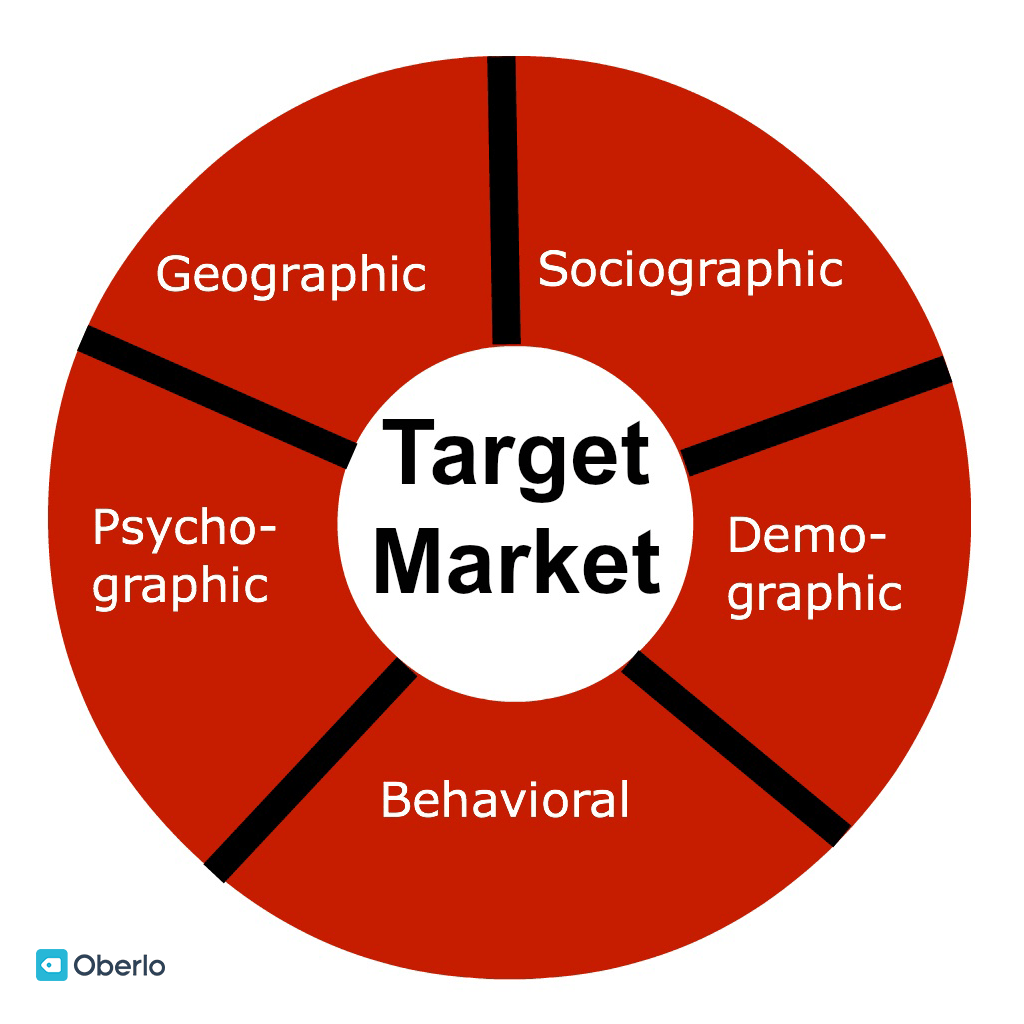
Let’s look at an example.
Target Market Example
McDonald’s is the most valuable fast food brand in the world, and it’s a fantastic example of demographic target marketing.
Although McDonald’s has grown to target multiple markets and audiences, they’ve created dedicated products and marketing campaigns for each segment.
For example, one of their core target markets is young children. For this segment, they provide play areas, happy meals complete with toys, and marketing campaigns featuring Disney characters and Ronald McDonald.
Target marketing and aggressive pricing have helped McDonald’s consistently maintain the largest fast food market share in the United States.
But everything is continually changing.
In recent years, McDonald’s sales have been in decline, and they’ve had to react to changes in their target market.
Let’s explore what happened.
In 2016, millennials surpassed Baby Boomers to become the largest generation in the U.S., and this avocado-obsessed generation cares more about healthy foods than previous generations.
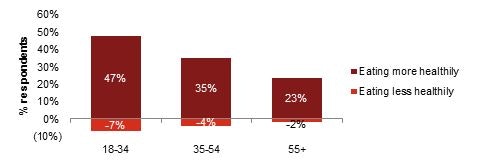
In response to this change in their target market, McDonald’s updated their products and services.
Which is why today, McDonald’s offers healthier, fresher menu options, and more upscale coffee products.
Next up:
What is a Target Audience?
The term “target audience” is narrower than “target market.” It refers specifically to the group of consumers targeted by marketing messaging.
Advertising specialist Tom Duncan explains: A target audience is “a group that has significant potential to respond positively to a brand message.”
Your target audience may or may not be the end users of your product, but they are the people you plan to direct your marketing to.
To communicate effectively with your target audience, you need to understand who they are, and what their true needs and desires are.
Why?
Because, “no matter what your product is, you are ultimately in the education business,” said Robert G. Allen. “Your customers need to be constantly educated about the many advantages of doing business with you, trained to use your products more effectively, and taught how to make never-ending improvement in their lives.”
What’s more, remember what author and marketing guru Orvel Ray Wilson said: “Customers buy for their reasons, not yours.”
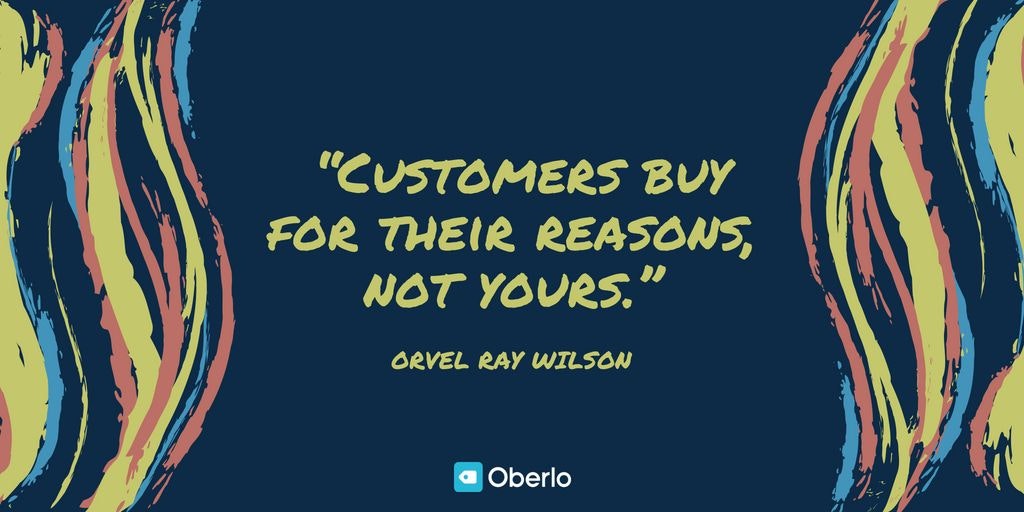
Let’s revisit the McDonald’s example we looked at above.
Target Audience Example
Although one of McDonald’s key target markets is children, there’s a big problem with this target market: Children don’t have any purchasing power.
In other words, it’s not the children who buy McDonald’s products — it’s the adults in their lives.
So, McDonald’s create the Happy Meal to serve their target market of children. However, they create advertisements promoting the Happy Meal aimed at their target audience of parents.
This is clearly shown in the video advertisement below.
The ad highlights things that kids aren’t interested in, but are important to parents: Such as “no artificial colors, flavorings, or preservatives,” and charitable donations.
What do kids care most about?
The toy, of course! But this gets only a scant mention near the end of the video.
When it comes to Happy Meals, children might be McDonald’s target market, but they’re clearly not the target audience.
The Key Differences Between Target Market and Target Audience
Target market and target audience are similar, overlapping terms. However, there are key differences between them, mostly related to the practical implications each has on your business.
A target market impacts all decisions a small business makes.
Products or services are developed to meet the needs and desires of the target market. Packaging and pricing decisions are made to appeal to the target market. And sales processes are structured around the target markets’ shopping preferences.
However, a target audience only impacts decisions related to specific marketing messages.
For this reason, target markets are usually comprised of the end user of a product or service, whereas target audiences may or may not be.
Target Markets and Target Audiences Can Be The Same
Often the target audience for a marketing message is the same group identified as the target market.
For example, a yoga leggings brand may identify a target market of single women, age 24-34, who regularly frequent gyms, and have a demonstrated interest in yoga.
In this example, the target audience will be the same as this target market.
However, marketers can hone in further on the target audience. For example, marketers may decide to use Instagram advertising to reach their target market.
So now the target audience may be further defined as Instagram users, who follow accounts such as Yoga Girl and Yoga Inspiration, have recently purchased products online, live in Portland, Oregon, and value fair trade products.
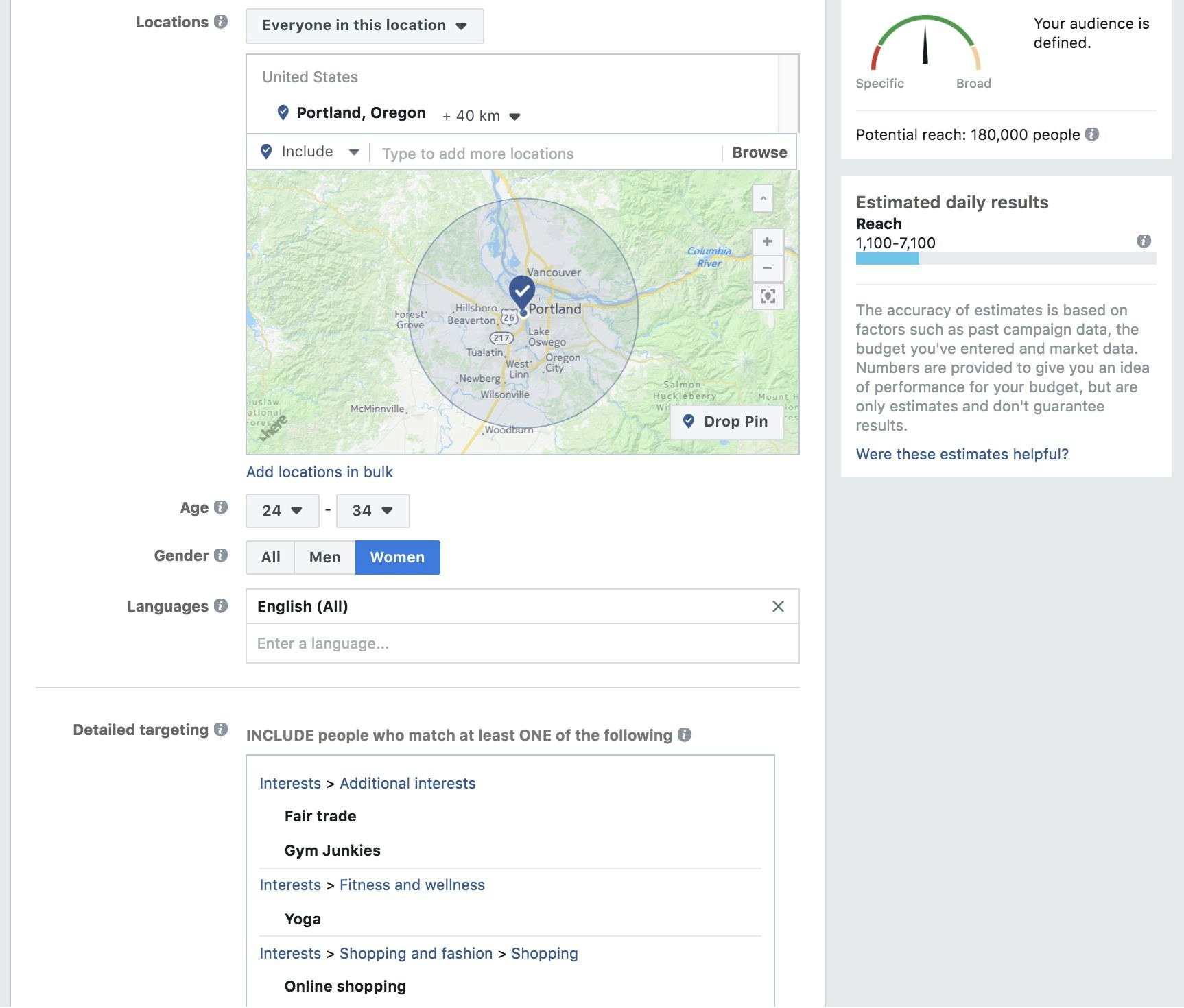
Okay, now let’s talk about why targeting is so crucial to success.
The Power of Targeting
Many people believe that casting a wide net is the best way to catch more fish.
But the most successful fishermen know what type of fish they plan to catch ahead of time. They make nets with this specific size of fish in mind. And they know exactly where to find these fish, and when to strategically deploy their nets to catch them.
This is why targeted advertisements are, on average, almost twice as effective as non-targeted ads.
Identifying clearly defined target markets and target audiences works like a magnifying glass that focuses the sun’s rays.
“It’s hard to target a message to a generic 35-year-old middle-class working mother of two,” said Elizabeth Gardner. “It’s much easier to target a message to Jennifer, who has two children under four, works as a paralegal, and is always looking for quick but healthy dinners, and ways to spend more time with her kids and less time on housework.”
With a clearly defined target market, every detail of a product or service can be perfectly tailored to their needs and desires. This will result in incredibly satisfied customers and overwhelmingly positive feedback.
Plus, with a well-defined target audience, every detail of a marketing campaign can be perfectly tailored to appeal to their interests, emotions, and world views.
If you know how to create marketing messages that truly resonate with your target audience, you’ll achieve higher conversion rates, and build a more powerful brand.
Because as real-life Mad Men inspiration Howard Gossage said, “Nobody reads ads. People read what interests them. Sometimes, it’s an ad.”
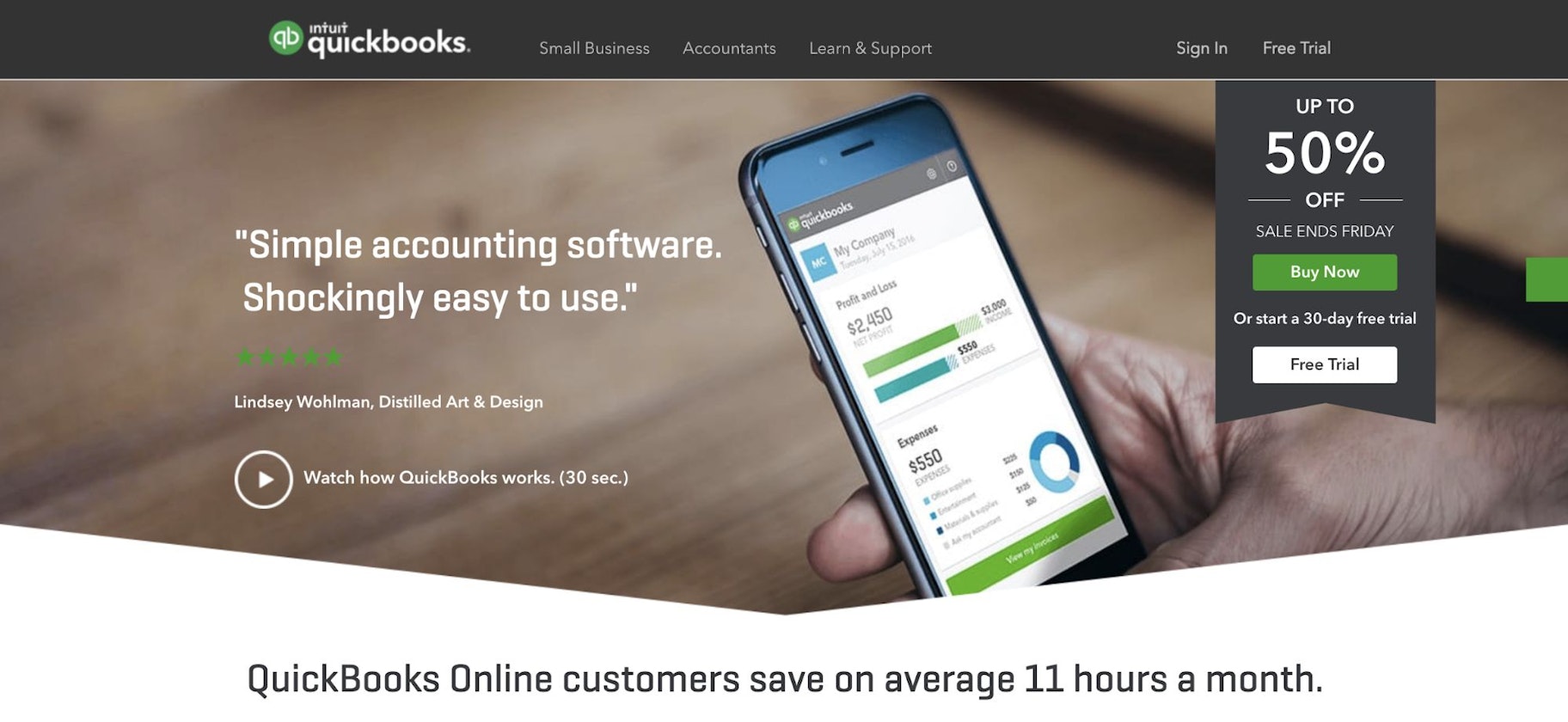
But that’s not all.
Targeting also enables marketers to take “advantage of the massive torrent of data that the digital age has turned on to get better results from digital marketing,” said Ray Velez, CTO of Razorfish.
And this data is vast.
You only have to spend five minutes creating a Facebook ad to be awestruck by the targeting capabilities of today’s digital marketing tools.
So how can you tap into this power?
How to Identify Your Target Market
Now that you understand exactly what target markets and target audiences are, let’s look at how you can uncover the market segments you should be targeting.
Step 1: Identify the Key Benefit that Your Business Provides
Get this right and your ideal target market should reveal itself.
Start with the end result you want to create: satisfying customers needs and desires.
“Authentic marketing is not the art of selling what you make but knowing what to make,” said marketer Philip Kotler. “It is the art of identifying and understanding customer needs and creating solutions that deliver satisfaction to the customers, profits to the producers and benefits for the stakeholders.”
You need to be able to answer these questions very clearly:
- What problem do you solve?
- What need do you meet?
- And what desire do you fulfill?
As economist and Harvard professor Theodore Levitt famously said, “People don’t want to buy a quarter-inch drill. They want to buy a quarter-inch hole.”
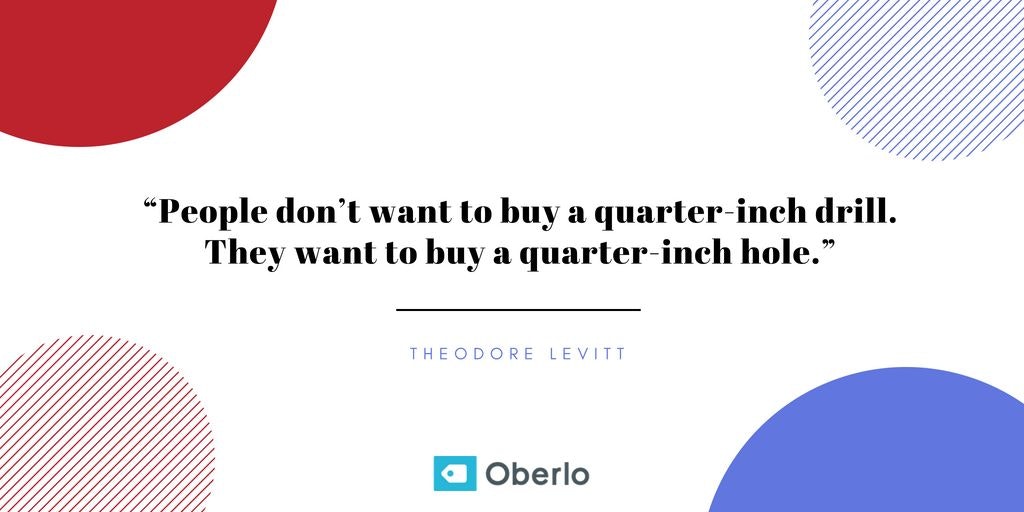
Features tell. Benefits sell.
So don’t define what you do or how you do it, such as, “we sell home exercise equipment online.”
Instead, define what outcomes you provide for your customers, such as, “We help people to lose weight and get fit, which helps to improve their feelings of confidence and empowerment. Plus, we help them do it in the comfort of their own homes where they won’t feel self-conscious, using exercise equipment they can conveniently buy online.”
A great example of a company selling the benefits of a product instead of the features is the first iPod advertisement.
The main feature of the iPod was that it could store 1GB of MP3 files.
But Apple didn’t promote this feature. Instead, they highlighted the benefit that this feature provided: “1,000 songs in your pocket.”
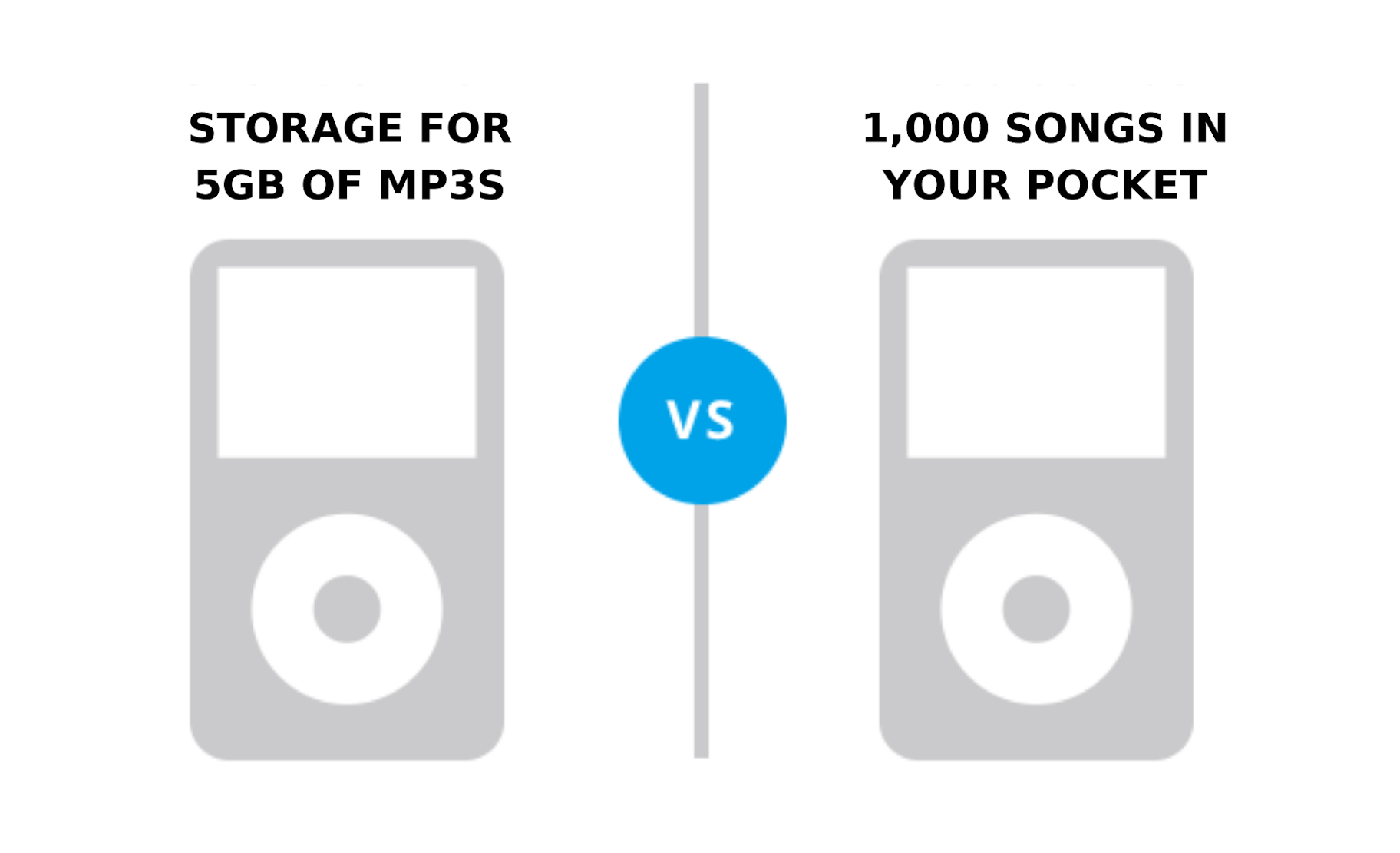
In the Apple example, the target market is obviously early adopters of new technology, who have a large music collection, and who love listening to music on the move.
From here, Apple could dig deeper into their target market by testing the product with smaller groups of people who fit within these basic parameters.
Whose needs or desires are you fulfilling?
Are you helping middle-aged overweight men lose weight? Do you help older people maintain their gardens? Do you help young dad’s save time in the kitchen with cooking tools?
Step 2: Refine Your Target Market
By this point, you should have a basic understanding of who your product or service benefits. From here, you need to narrow down the market segment you plan to target.
Be as specific as possible.
First, define the demographics of your target market.
Demographics are simply a particular section of a population. You can segment your target market using demographics such as age, location, gender, marital or family status, occupation, income level, education level, etc.
Next, identify the psychographics of the people who stand to benefit the most from your product or service.
Psychographics are consumers’ psychological attributes, like attitudes, values, interests, lifestyle, and behavior, etc.
Once you’ve done this, you should have clearly defined a buyer persona.
To learn more about creating buyer personas, check out Shopify’s guide on “How To Build Buyer Personas For Better Marketing.”
Step 3: Stay Objective
This is perhaps the most difficult part of the process.
It can be extremely difficult to avoid assumptions. What’s more, many people unintentionally search for, recall, and interpret information in a way that confirms their pre-existing beliefs or hypotheses. This is called confirmation bias.
If you’re not careful, this bias can totally derail any attempt you make to clearly define your target market and target audience – which in turn, could spell disaster for your business.
And this happens all the time.
In fact, according to CB Insights, 42% of startups fail not due to a lack of funding, but due to a lack of market need.
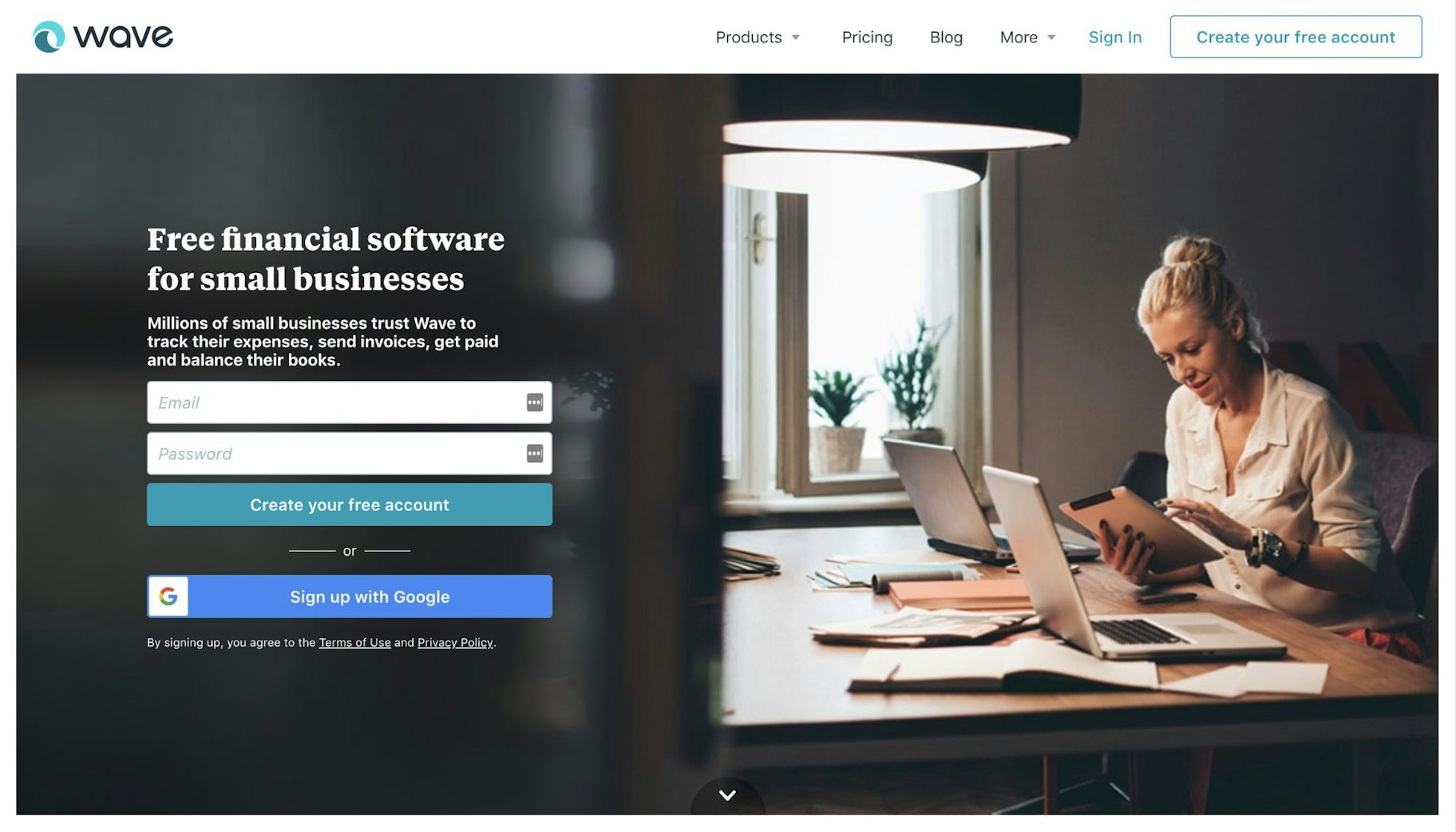
In other words, they fail because the entrepreneurs behind them are so blindly passionate about their product or service, they forget to validate whether or not there’s a true need for it in the marketplace.
The other mistake businesses make is to conduct plenty of research, but no real testing.
Research is prospective. Testing is proof.
It doesn’t matter how many people tell you they would use your product or service. And it doesn’t even matter how many people say they would buy your product or service.
It only matters how many people actually buy your product or service.
So don’t ask people if they like your product or if they would buy it. Create an MVP (minimum viable product) and sell it to them there and then.
That’s the only way to know for sure if there’s a real market need.
Bottom line: Assume no target market cares about your business, brand, products, or services unless categorically proven otherwise.
Step 4: Evaluate Your Market Segments
Now that you have real insights into who you plan to sell to, you need to verify that this is a market worth serving.
Ask yourself these questions:
- Are there enough people in the target market to sustain our business?
- Does this market segment have the money to buy our product or service?
- Will they buy repeatedly, or will we have to constantly close new customers?
- Is there much competition for this market segment?
- If there isn’t, why is that?
- If there is, what separates us from the competition – why should customers buy from us?
- How accessible is this target market?
Once again, research can only take you so far. To conclusively answer these questions, you need to create real-life tests where you actually engage with your prospective target market.
Summary
Clearly defined target markets and target audiences are vital to the long-term success of any business.
The scattergun approach can only take you so far – and that’s if you manage to make it past the start line at all.
So, work to understand who your business serves, and why they should care. And remember that the only true way to know who you should target is by testing.
Once you’ve defined your target market, ensure that your products or services fulfill their needs or desires. Then define your target audience – the specific group that you plan to target your marketing message to.
Remember, casting a wide net is a small business’ death sentence. So get specific.
What is the one key benefit that your business provides to consumers? Leave a comment below and let us know!






